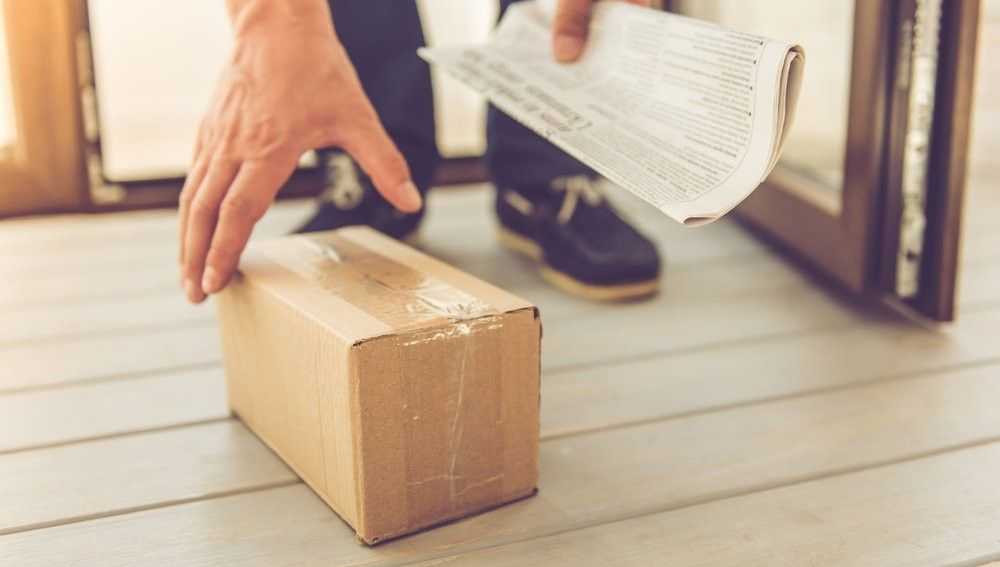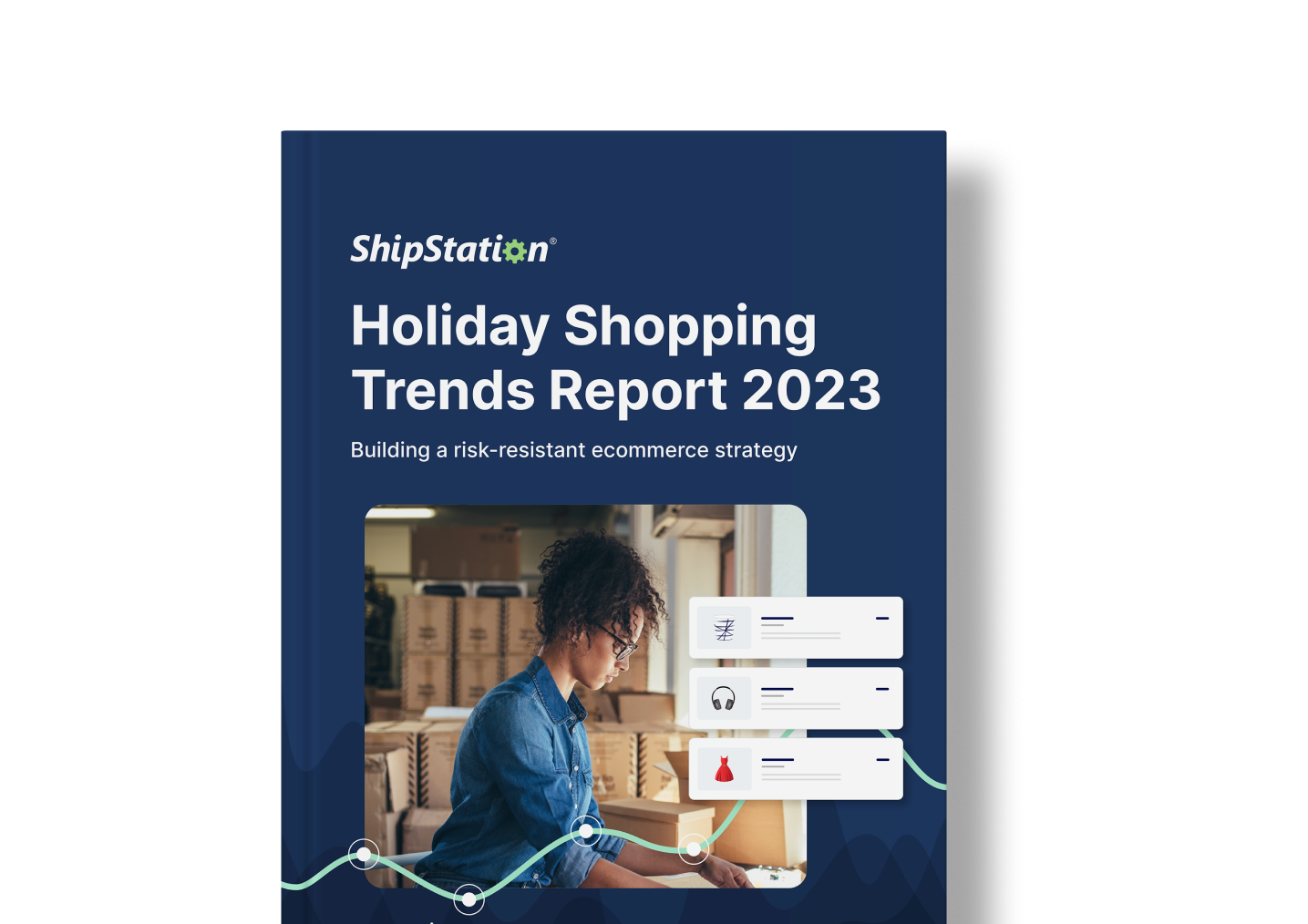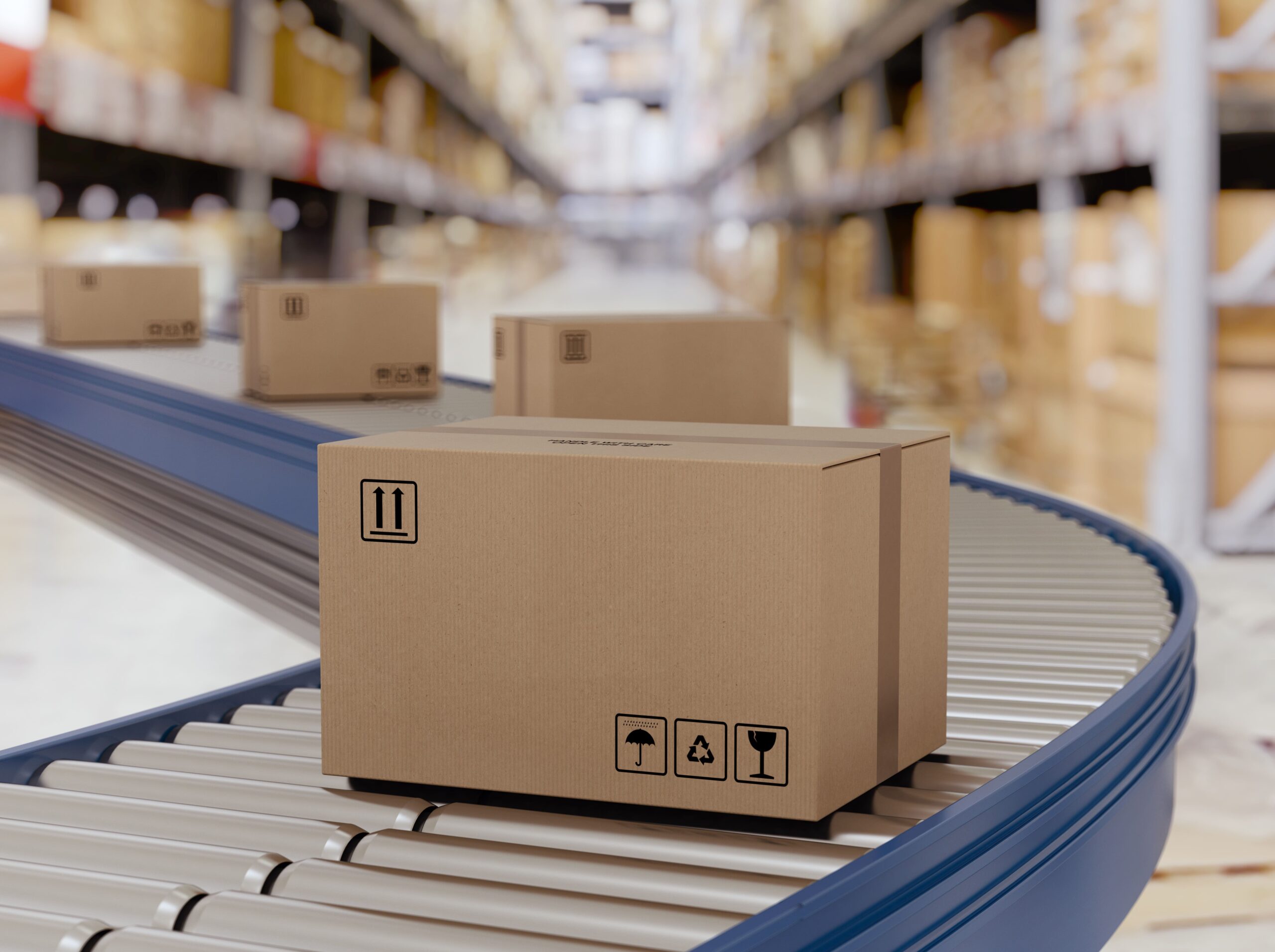What Consumers Really Think About Shipping
With the pandemic recalibrating how ecommerce shoppers want to and are able to shop, 2020 has had a monumental impact on consumer expectations. Whereas previous years saw a shortening of expected wait time, 2020 saw the average amount of time a consumer is willing to way grow from 5 days to 8 days. However, with this lowered expectation around ship time, shoppers also expect better communication and updates regarding shipping delays.
Fast & Free are Less Vital Than In Previous Years
Fast shipping is important, but it is not as integral as it was last year. 63% say fast shipping is required for them to have a positive shipping experience. This is down from 72% last year. 66% say a free shipping option is also required. This is down from 76% last year.
Returns are King in 2020
With instore returns drastically cut down, online merchants are seeing the brunt of returned merchandise. 54% say a retailer’s overall return policy is a major consideration when purchasing online. 85% expect returns to be a self-service. Consumers increasingly want to avoid contacting customer service to initiate returns.
Merchants are Largely Held Responsible for Shipping Errors
While customers are largely more forgiving of shipping delays than in years past, these are still largely seen as the responsibility of the merchant. In fact, 70% of consumers even say that a negative delivery or shipping experience negatively impacts their impression of the retailer rather than the carrier—even if it’s a result of the carrier’s error.
To learn more, check out our full ebook on the study, which includes additional data points on ways retailers can level-up their shipping strategies.
How to Deliver a Better Shipping Experience
Learning these statistics is one thing, but learning what to do with them is another. Our research study also goes into detail about how to deliver on these customer expectations.
Provide 3 Shipping Options
Free Shipping
While free shipping may not be possible for all items, offering it for small items with low shipping costs can increase cart conversions. Typically these are slower services that involve incorporating shipping costs into the item cost.
Flat-Rate Shipping
Unless you sell items greatly varying in size and weight, domestic shipments don’t usually fluctuate too much from shipment to shipment. For instance, “$5 shipping on any domestic order.”
Express Shipping
If customers do want express options for a more premium fee, you should offer it. Things like Priority Mail Express, or FedEx or UPS 2-day or Next-day services may be expensive. But for time-sensitive packages, some customers are willing to pay the price. It can be the difference between an abandoned cart or a high-price purchase.
Offer Hassle-Free Returns
Customers prefer to initiate the returns in the same way that orders are placed. Make the process easier by offering automated returns through return portals on your website or including pay-on-use return labels with the outgoing package. Cultivating a streamlined process like this elevates your brand above the competition and aligns you with titans like Amazon. Offering returns for free is certainly not something merchants welcome, but they are less time-sensitive, so they can be more affordable than outgoing packages.
Customers are increasingly wanting Offering “hassle-free returns” as a checkout option is a great way to engage customers. Including it as a $1-5 premium fee in cart is a way to help offset costs—particularly if you can use an affordable option like USPS First Class Mail or Canada Post Regular Parcel.






